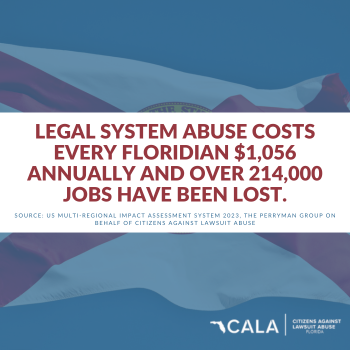North Carolina has just completed its latest round of court-ordered redistricting, completing congressional and state legislative maps on October 25. Next will come the inevitable lawsuits based on allegations of racial gerrymandering. Those lawsuits have been part of North Carolina’s redistricting process for decades. Part of the allegation will be that the General Assembly did not use racial data to create enough districts that comply with the Voting Rights Act (VRA).
The setup for such lawsuits began before the state legislature had even drawn maps. During redistricting hearings in late September, activists claimed that racial data, such as the black voting-age population in precincts and counties, “must be considered” when drawing district maps.
This is not a new line of attack in North Carolina. Southern Coalition for Social Justice (SCSJ) attorney Allison Riggs sued North Carolina on behalf of the NAACP in 2021 over the General Assembly’s refusal to use racial data when drawing districts. Riggs, who was recently appointed to the North Carolina Supreme Court by Gov. Roy Cooper, said, “State law requires that lawmakers first draw districts that comply with the VRA, and they simply can’t do that without considering race.”
Riggs failed, but a new wrinkle comes from Allen v. Milligan, a case decided earlier this year in which the United States Supreme Court ruled that Alabama must have two majority-Black congressional districts. Hilary Harris Klein, a lawyer for the SCSJ, claimed that the Milligan ruling requires legislators to “consider racial data this time or be in violation of federal law.”
Riggs was wrong in 2021, and those arguing that legislators must use racial data are wrong today. To understand why, we must first understand how the VRA and the Constitution relate to drawing districts.
Section 2 of the VRA states that a violation has occurred if, “based on the totality of circumstances,” people do not have an equal opportunity to participate in the political process based on race or other protected class status. That includes the ability to “elect representatives of their choice.” However, it also specifically states that “nothing in this section” requires proportionality by race.
The Supreme Court further specified in Thornburg v Gingles (a 1986 case that overturned some North Carolina state legislative districts) that members of a protected class must be “sufficiently large and geographically compact to constitute a majority in a single-member district.”
Chief Justice John Roberts elaborated on that point in Milligan. He quoted Shaw v. Reno (a 1993 case that overturned a North Carolina congressional district) when he wrote, “North Carolina had ‘concentrated a dispersed minority population in a single district by disregarding traditional districting principles such as compactness, contiguity, and respect for political subdivisions.’”
In short, using racial data to string together members of the same race who would otherwise not be in the same districts is a path to having those districts overturned. In Cooper v. Harris (a 2017 case that, again, overturned North Carolina congressional districts), Justice Elena Kagan wrote, “racial considerations predominated in designing both [congressional] District 1 and District 12” and that “[Section] 2 of the VRA gave North Carolina no good reason to reshuffle voters because of their race.”
While using racial data would be a trap, providing evidence that race predominated in drawing districts, legislators in North Carolina and elsewhere cannot assume that maps drawn without using racial data will be automatically safe from VRA-based challenges. The Milligan decision demonstrates that if plaintiffs can show it is possible to draw maps that both (a) include more majority-minority districts and (b) better follow traditional redistricting criteria than those drawn by the legislature, they are more likely to succeed in their VRA claim.
The best protection from racial gerrymandering claims is for legislators to draw districts without regard to race and strictly adhere to traditional redistricting criteria. Those criteria include keeping political subdivisions (counties, municipalities, and precincts) whole and making districts compact whenever possible.
If they do anything less, we can look forward to yet another set of maps being overturned as racial gerrymanders.
Dr. Andy Jackson is the Director of the Civitas Center for Public Integrity at the John Locke Foundation. This article was originally published by RealClearPolicy and made available via RealClearWire.










